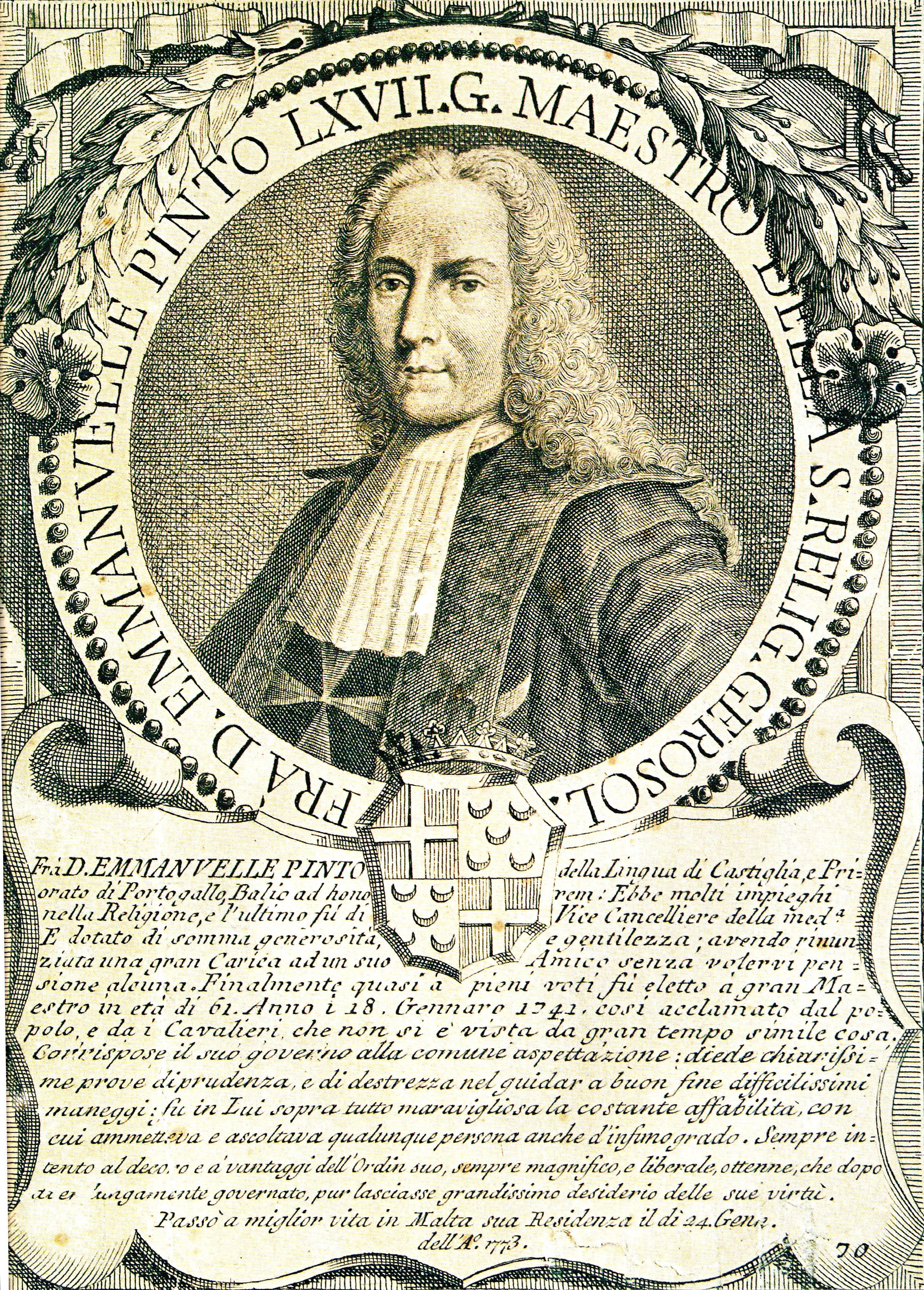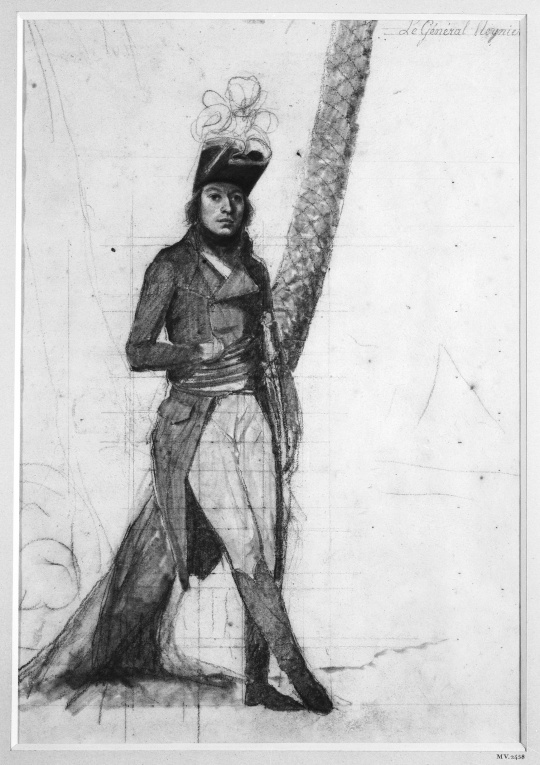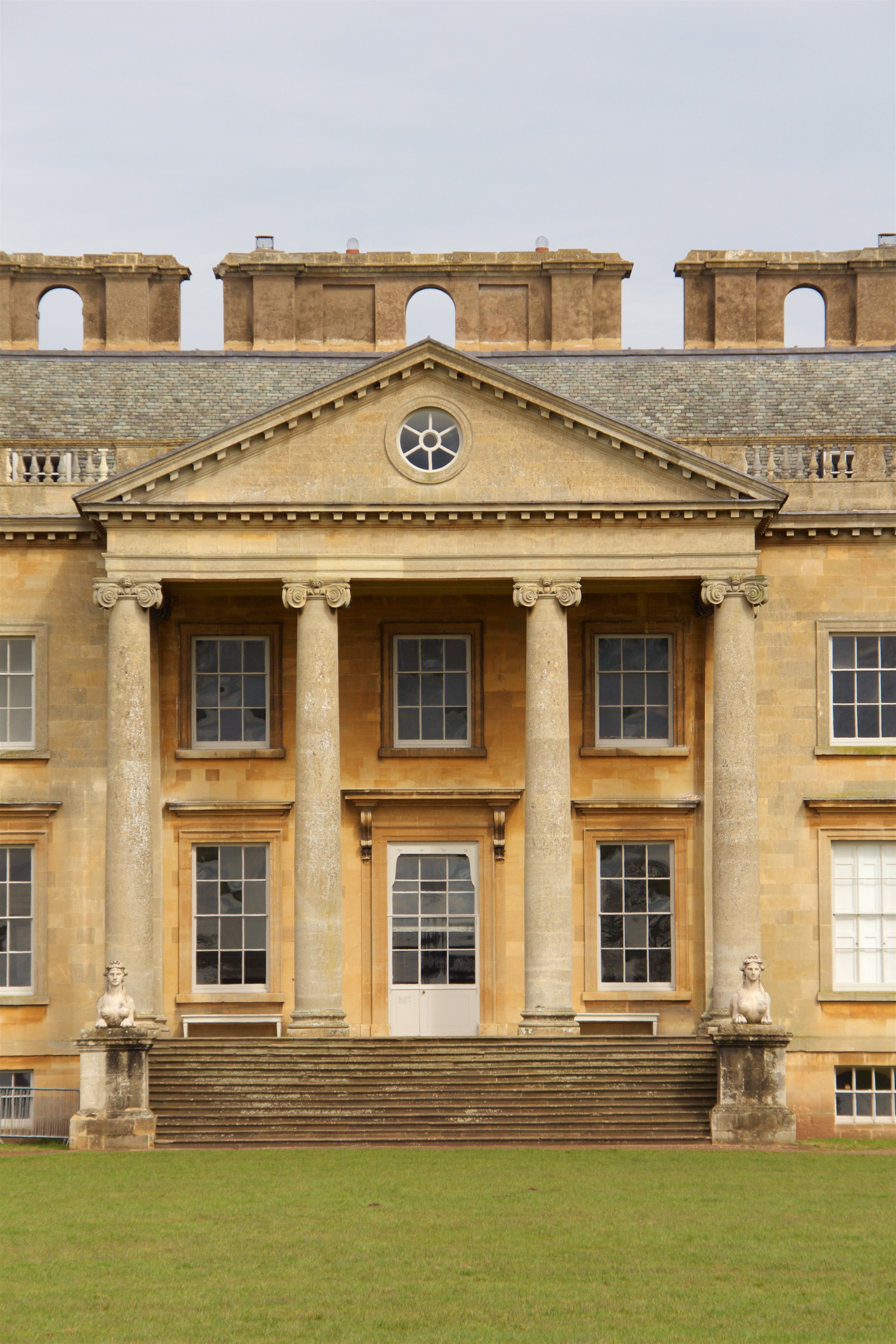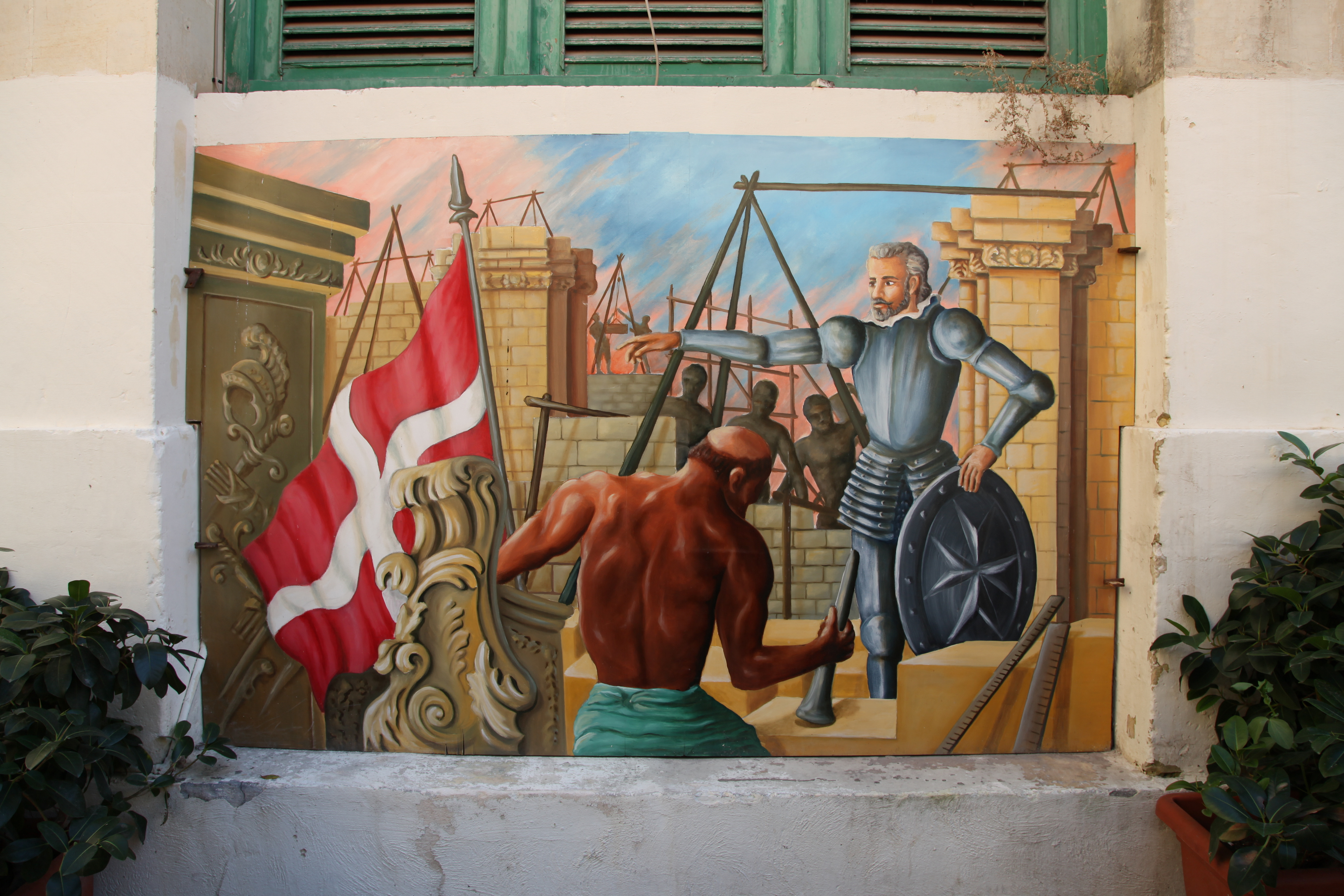|
Fort Chambray
Fort Chambray or Fort Chambrai ( mt, Forti Xambrè) is a bastioned fort located in the precincts of Għajnsielem, on the island of Gozo, Malta. It was built in the mid-18th century by the Order of Saint John, in an area known as Ras it-Tafal, between the port of Mġarr and Xatt l-Aħmar. The fort was meant to be the citadel of a new city which was to replace the Cittadella as the island's capital, but this plan never materialized. The fort saw use during the French invasion of Malta in 1798, and it was subsequently used as a military hospital and mental institution. The fort is currently being restored and redeveloped as a luxury accommodation. History Background and construction Fort Chambray is located on Ras it-Tafal, on high ground overlooking Mġarr Harbour. The area was defended by Garzes Tower, which was built in the early 17th century, and a coastal battery was had been built in the early 18th century. The tower and the battery were demolished, and no remains have ... [...More Info...] [...Related Items...] OR: [Wikipedia] [Google] [Baidu] |
Mġarr, Gozo
Mġarr is a harbour town in south-eastern Gozo, Malta. History The town of Mġarr grew up around the shallow harbour which shares its name. Ferry services to Malta were in operation by 1241, and fishing was already established. Whilst the area around the harbour was developed over the following centuries, there was little development of the harbour itself until 1841, when a breakwater was constructed to provide more shelter to the port. This breakwater was strengthened and extended several times up to 1906. A larger breakwater was constructed between 1929 and 1935, and two more in 1969; on the completion of the latter, the area of the port was expanded to 121,400 square metres. The ferry terminal was rebuilt at a cost of €9.3 million in the early 21st century. Work began in 2001 and took seven years, with the terminal opening in February 2008. The harbour now has facilities for around 600 passengers and 200 cars. The design of the new harbour was changed during the construction ... [...More Info...] [...Related Items...] OR: [Wikipedia] [Google] [Baidu] |
Manuel Pinto Da Fonseca
Manuel Pinto da Fonseca (also ''Emmanuel Pinto de Fonseca''; 24 May 1681 – 23 January 1773) was a Portuguese nobleman, the 68th Grand Master of the Order of Saint John, from 1741 until his death. He undertook many building projects, introducing the Baroque style throughout Malta. The cost of these projects contributed to bankrupting the Order in the decades following his death. His views were comparatively liberal. In 1764, he agreed to the re-unification with the Protestant Prussian branch of the Order, without, however, receiving the approval of Pope Clement XIII. The pope did agree, reluctantly, to the expulsion of the Jesuits from Malta in 1768. Biography He was the son of Miguel Álvaro Pinto da Fonseca, '' Alcaide-Mór'' de Ranhados, and his wife, Ana Pinto Teixeira. The coat of arms of the Pinto portrays five red crescents, to symbolising that the Pinto de Fonseca family won five battles with the Ottomans. Before his election as Grand Master on 18 January 1741, P ... [...More Info...] [...Related Items...] OR: [Wikipedia] [Google] [Baidu] |
Saverio Cassar
Saverio Cassar (29 December 1746 – 16 December 1805) was a Gozitan priest and patriot, who was Governor-general of an independent Gozo from 1798 to 1801. Cassar was born in Għajnsielem, in Nadur parish, Gozo on 29 December 1746. He studied in Rome, being ordained a priest on 30 March 1771. He was nominated archpriest of the Gozo Matrice in 1773, and he became Provicar of Gozo in 1775. On 3 September 1798, Gozitans rebelled against the French occupiers, and on 18 September Cassar was appointed head of the Government and Superintendent of the Island of Gozo. The French garrisons at the Cittadella and Fort Chambray surrendered to the British on 28 and 29 October, and the British handed over the island to Cassar. He subsequently ruled Gozo as an independent state, recognizing Ferdinand III of Sicily as king. Cassar also petitioned for establishing Gozo as a separate diocese (the Roman Catholic Diocese of Gozo was eventually created in 1864). The Maltese Congress of Mdina M ... [...More Info...] [...Related Items...] OR: [Wikipedia] [Google] [Baidu] |
Mdina
Mdina ( mt, L-Imdina ; phn, 𐤌𐤋𐤈, Maleṭ; grc, Μελίττη, Melíttē; ar, مدينة, Madīnah; ), also known by its Italian-language titles ("Old City") and ("Notable City"), is a fortified city in the Northern Region of Malta which served as the island's capital from antiquity to the medieval period. The city is still confined within its walls, and has a population of just under 300, but it is contiguous with the town of Rabat, which takes its name from the Arabic word for suburb, and has a population of over 11,000 (as of March 2014). The city was founded as Maleth in around the 8th century BC by Phoenician settlers, and was later renamed Melite by the Romans. Ancient Melite was larger than present-day Mdina, and it was reduced to its present size during the Byzantine or Arab occupation of Malta. During the latter period, the city adopted its present name, which derives from the Arabic word . The city remained the capital of Malta throughout the Middle A ... [...More Info...] [...Related Items...] OR: [Wikipedia] [Google] [Baidu] |
Siege Of Malta (1798–1800)
A siege is a military blockade of a city, or fortress, with the intent of conquering by attrition, or a well-prepared assault. This derives from la, sedere, lit=to sit. Siege warfare is a form of constant, low-intensity conflict characterized by one party holding a strong, static, defensive position. Consequently, an opportunity for negotiation between combatants is common, as proximity and fluctuating advantage can encourage diplomacy. The art of conducting and resisting sieges is called siege warfare, siegecraft, or poliorcetics. A siege occurs when an attacker encounters a city or fortress that cannot be easily taken by a quick assault, and which refuses to surrender. Sieges involve surrounding the target to block the provision of supplies and the reinforcement or escape of troops (a tactic known as " investment"). This is typically coupled with attempts to reduce the fortifications by means of siege engines, artillery bombardment, mining (also known as sapping), or the u ... [...More Info...] [...Related Items...] OR: [Wikipedia] [Google] [Baidu] |
Jean Reynier
Jean Louis Ebénézer Reynier (14 January 1771 – 27 February 1814) was a Swiss-French military officer who served in the French Army under the First Republic and the First Empire. He rose in rank to become a general during the French Revolutionary Wars, and led a division under Napoleon Bonaparte in the French campaign in Egypt and Syria. During the Napoleonic Wars he continued to hold important combat commands, eventually leading an army corps during the Peninsular War in 1810–1811 and during the War of the Sixth Coalition in 1812–1813. Background and education Reynier was born on 14 January 1771 in Lausanne to a protestant family, the son of Jacques François Reynier, a physician, and Caroline Chapuis. Through his father he was descended from French Huguenots from the Dauphiné who fled to Switzerland after the revocation of the Edict of Nantes. His brother Jean-Louis-Antoine (1762–1824), a naturalist and archeologist, held government posts in the French administration ... [...More Info...] [...Related Items...] OR: [Wikipedia] [Google] [Baidu] |
Westport, Connecticut
Westport is a town in Fairfield County, Connecticut, United States, along the Long Island Sound within Connecticut's Gold Coast. It is northeast of New York City. The town had a population of 27,141 according to the 2020 U.S. Census. History The earliest known inhabitants of the Westport area as identified through archaeological finds date back 7,500 years. Records from the first white settlers report the Pequot Indians living in the area which they called ''Machamux'' translated by the colonialists as ''beautiful land''. Settlement by colonialists dates back to the five '' Bankside Farmers''; whose families grew and prospered into a community that continued expanding. The settlers arrived in 1693, having followed cattle to the isolated area. The community had its own ecclesiastical society, supported by independent civil and religious elements, enabling it to be independent from the Town of Fairfield. As the settlement expanded its name changed: it was briefly known as "Ba ... [...More Info...] [...Related Items...] OR: [Wikipedia] [Google] [Baidu] |
Portico
A portico is a porch leading to the entrance of a building, or extended as a colonnade, with a roof structure over a walkway, supported by columns or enclosed by walls. This idea was widely used in ancient Greece and has influenced many cultures, including most Western cultures. Some noteworthy examples of porticos are the East Portico of the United States Capitol, the portico adorning the Pantheon in Rome and the portico of University College London. Porticos are sometimes topped with pediments. Palladio was a pioneer of using temple-fronts for secular buildings. In the UK, the temple-front applied to The Vyne, Hampshire, was the first portico applied to an English country house. A pronaos ( or ) is the inner area of the portico of a Greek or Roman temple, situated between the portico's colonnade or walls and the entrance to the '' cella'', or shrine. Roman temples commonly had an open pronaos, usually with only columns and no walls, and the pronaos could be as lon ... [...More Info...] [...Related Items...] OR: [Wikipedia] [Google] [Baidu] |
Rococo
Rococo (, also ), less commonly Roccoco or Late Baroque, is an exceptionally ornamental and theatrical style of architecture, art and decoration which combines asymmetry, scrolling curves, gilding, white and pastel colours, sculpted moulding, and '' trompe-l'œil'' frescoes to create surprise and the illusion of motion and drama. It is often described as the final expression of the Baroque movement. The Rococo style began in France in the 1730s as a reaction against the more formal and geometric Louis XIV style. It was known as the "style Rocaille", or "Rocaille style". It soon spread to other parts of Europe, particularly northern Italy, Austria, southern Germany, Central Europe and Russia. It also came to influence the other arts, particularly sculpture, furniture, silverware, glassware, painting, music, and theatre. Although originally a secular style primarily used for interiors of private residences, the Rococo had a spiritual aspect to it which led to its widespread us ... [...More Info...] [...Related Items...] OR: [Wikipedia] [Google] [Baidu] |
Castellan
A castellan is the title used in Medieval Europe for an appointed official, a governor of a castle and its surrounding territory referred to as the castellany. The title of ''governor'' is retained in the English prison system, as a remnant of the medieval idea of the castellan as head of the local prison. The word stems from the Latin ''Castellanus'', derived from ''castellum'' "castle". Sometimes also known as a ''constable'' of the castle district, the Constable of the Tower of London is, in fact, a form of castellan, with representative powers in the local or national assembly. A castellan was almost always male, but could occasionally be female, as when, in 1194, Beatrice of Bourbourg inherited her father's castellany of Bourbourg upon the death of her brother, Roger. Similarly, Agnes became the castellan of Harlech Castle upon the death of her husband John de Bonvillars in 1287. Initial functions After the fall of the Western Roman Empire, foreign tribes migrated int ... [...More Info...] [...Related Items...] OR: [Wikipedia] [Google] [Baidu] |
Castellania (Valletta)
The Castellania ( mt, Il-Kastellanija; it, La Castellania), also known as the Castellania Palace ( mt, Il-Palazz Kastellanja; it, Palazzo Castellania), is a former courthouse and prison in Valletta, Malta that currently houses the country's health ministry. It was built by the Order of St. John between 1757 and 1760, on the site of an earlier courthouse which had been built in 1572. The building was built in the Baroque style to design of the architect Francesco Zerafa, and completed by Giuseppe Bonici. It is a prominent building in Merchants Street, having an ornate façade with an elaborate marble centrepiece. Features of the interior include former court halls, a chapel, prison cells, a statue of Lady Justice at the main staircase and an ornate fountain in the courtyard. From the late 18th to the early 19th century, the building was also known by a number of names, including the ''Palazzo del Tribunale'', the ''Palais de Justice'' and the ''Gran Corte della Valletta' ... [...More Info...] [...Related Items...] OR: [Wikipedia] [Google] [Baidu] |
Valletta
Valletta (, mt, il-Belt Valletta, ) is an administrative unit and capital of Malta. Located on the main island, between Marsamxett Harbour to the west and the Grand Harbour to the east, its population within administrative limits in 2014 was 6,444. According to the data from 2020 by Eurostat, the Functional Urban Area and metropolitan region covered the whole island and has a population of 480,134. Valletta is the southernmost capital of Europe, and at just , it is the European Union's smallest capital city. Valletta's 16th-century buildings were constructed by the Knights Hospitaller. The city was named after Jean Parisot de Valette, who succeeded in defending the island from an Ottoman invasion during the Great Siege of Malta. The city is Baroque in character, with elements of Mannerist, Neo-Classical and Modern architecture, though the Second World War left major scars on the city, particularly the destruction of the Royal Opera House. The city was officially recognised a ... [...More Info...] [...Related Items...] OR: [Wikipedia] [Google] [Baidu] |










